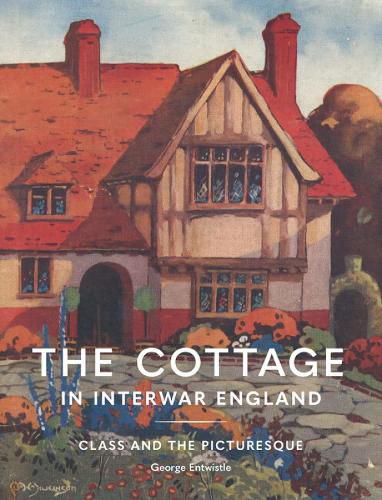The Cottage in Interwar England
George Entwistle

The Cottage in Interwar England
George Entwistle
The 20 years between First and Second World Wars were a time of dramatic development for English people and their homes. By the end of the 1930s, one family in three was living in an interwar house. But one thing that did not change was the sentimental affection of the English for the idea of the cottage picturesque - a problematic continuity, with class and cultural dimensions, that inflected English domestic architecture long after the theorisation of the Picturesque in the 1790s.
This book explores the powerful hold on the national imagination of cottage architecture in the interwar period and its hitherto under-examined influence on the politics and aesthetics of class, council housing, conservation, and on the 1920s and 1930s boom in speculative house-building. The book examines the relationships between working-class council houses specifically steered away from looking like the cottage picturesque; traditional cottages appropriated by middle-class weekenders, adopted by conservationists, and mythologised by politicians in the 1920s; new-build speculative housing that the public bought (in the 1920s and 1930s) and architects deprecated because it was designed to evoke the cottage; and early modernist houses, celebrated by architects but treated with suspicion by the public because their aesthetics were at odds with the Picturesque tradition.
Order online and we’ll ship when available
Our stock data is updated periodically, and availability may change throughout the day for in-demand items. Please call the relevant shop for the most current stock information. Prices are subject to change without notice.
Sign in or become a Readings Member to add this title to a wishlist.


